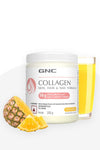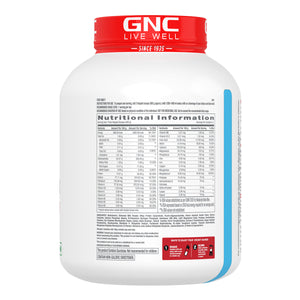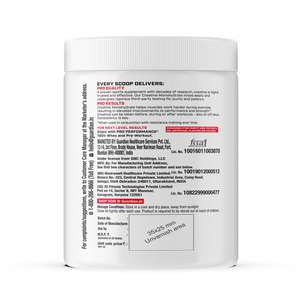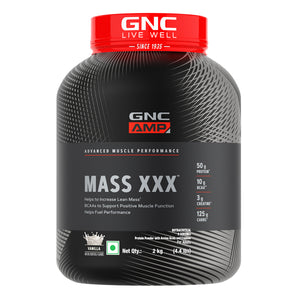
‘Gain Muscle Mass’ is as eye-catching a phrase in the fitness world as ‘Get Rich’ in the world of business.
There are diets prescribed, workouts designed and offered as a service to gain muscle mass, and there’s cautionary advice on habits and practices that will deplete muscle mass.
If you’re wondering what muscle mass is, why you ought to gain it, and why you should avoid losing it; read on.
What is muscle mass?
Muscle mass comprises smooth muscles, skeletal muscles, and the muscles’ water content. The gain talked about is in the context of building skeletal muscle mass. Only skeletal muscles are triggered by exercise and nourished with nutrition for growth and development. They are the most defined and obvious when there is no layer of, and both the protein composition and water are healthy.
What is the ideal muscle mass percentage?
An ideal muscle mass percentage of women between 18 and 60 years of age should be 24-30. Men between 18 and 80 should maintain a muscle mass between 33 and 39. If you wish to develop an athletic built and have more muscle tone, you have to gain muscle mass and move to the higher category. So you may need a targeted exercise schedule and diet.
How to eat smart?
Before starting your workout, eat a small meal comprising a mix of carbs and protein – say, peanut butter or chicken sandwich – to sail through the workout. After the workout, replenish your muscles with quality carbs and protein by drinking a protein shake.

Lift it like your determination – hard and heavy
Compound exercises help you become stronger and lift heavier in the long run as they stimulate more muscle per exercise, engage your core and stabilizers, are more functional, and have a carryover effect. They can be split into the following:
- Leg exercises to target the lower body with back squats, deadlifts, and Bulgarian split squats
- Push exercises to target the upper body with a bench press, overhead press, and incline bench press
- Pull exercises to target the lower body with pull-ups, barbell rows, and T-bar rows
Your training schedule could be three alternate days a week with the rest for two consecutive and two alternate days. Lift for 3-4 sets of exercises for 8-10 reps. The rest period between these sets can be anywhere between 180 and 300 seconds. Follow the pyramiding principle wherein your reps in the following sets reduce but the weights increase.
What not to do
Gaining muscle mass isn’t a license to indulge in fatty, unhealthy, and processed junk food. Instead, chase the goal to eat forty times your current weight in kg from wholesome, unprocessed sources only.
Don’t change your exercises too often. Isolate one or two areas you want to develop to perfection and then select a targeted, effective compound exercise. This should be your base exercise.
Switch to free weights after two weeks of resistance training on machines.
Don’t over-train. Your body needs to rejuvenate and recover because it allows strained muscle fibers to regenerate and build. Every intensive workout session should be followed by a day of rest.

Supplements help fill in the dietary gaps along with a proper diet. GNC provides a host of muscle mass gainers that combine the goodness of whey, casein, creatine, BCAAs, vitamins, and L-glutamine.
Our muscle mass plays a crucial role when it comes to fitness. When your body builds muscles, it burns energy and fat all the time. Therefore, increased muscles do more than serve one or two purposes of strength, size, stamina, and appearance; it also serves as a fat-burning resource within the body.































